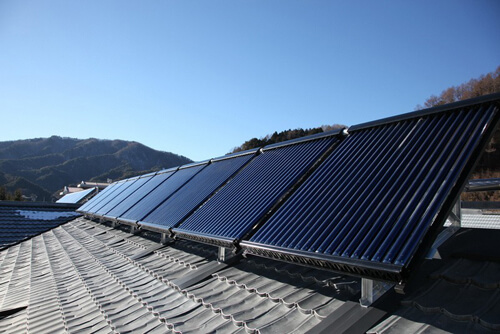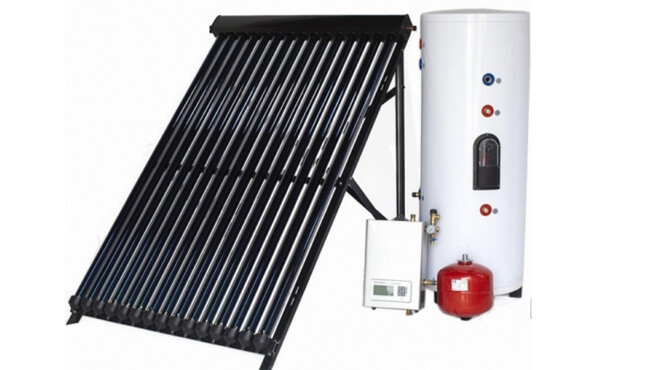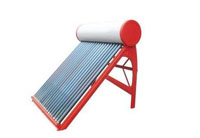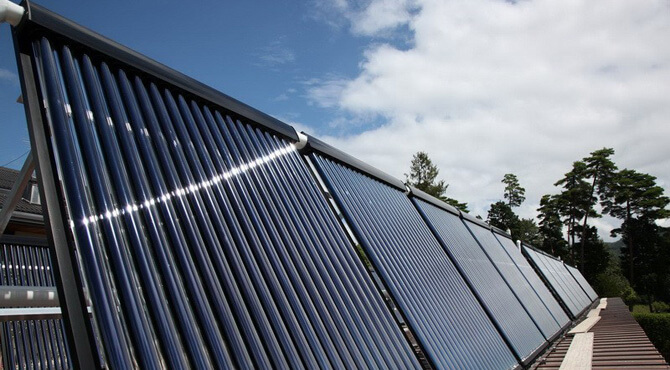evacuated tube solar collector
- Introduction
- Specifications
- Contact Us Now
When looking for solar water heater in China, ways of maximizing your solar water heater, you should consider its lifespan.
The life of the heater has an impact on its performance. Maybe you may be trying to get the best out a heater that has outlived itself.
 It is estimated that most solar hot water systems can last for up to 20 years. Beyond those years, the system may start performing below the required levels.
It is estimated that most solar hot water systems can last for up to 20 years. Beyond those years, the system may start performing below the required levels.
However, this lifespan is not fixed and does not apply to all solar water heaters in the market. Some have longer or shorter lifespans than others.
There is quite a number of variables that can cause between the lifespan of one solar heater and another.
One of the factors is solar water heater maintenance. How you take care of your solar-powered heating unit will have a direct impact on how long it will last.
Solar heaters that are properly maintained tend to last for more years than those that are not maintained well.
In addition to the maintenance factor, the quality of the solar water heater. The best solar water heating panels are expected to last for long.
On the other hand, low-quality heaters will not serve you for many years.
So, you should strive to get your heating unit from reliable solar water heater manufacturers. This is the surest way of getting quality and durable solar water heater in China.
Conclusion
It is always possible to get the best from your solar water heater, especially after you have discovered a decline in performance.
Even after buying the best solar water heater in China, do not neglect it. Give it the proper care and it will deliver the best results.
For the technical tips, consider hiring solar water heater experts.
Read more
http://blog.plexus-energy.co.ke/solar-water-heater-maintenance-tips/

-The cost of solar heater
There is a difference in the cost of these two solar hot water systems. Generally, evacuated tube solar collectors are expensive than the flat plate panels.
The cost of evacuated tube solar collectors can be more than 20% to 40% than the cost of the flat plate solar car collector.
This is highly expected given the efficiency of the vacuum tube systems. The secret in this lies in finding the right solar water heater manufacturers.
– Which is a better in performance
Evacuated tubes are better performers in cold and cloudy conditions than the flat plate collectors. This is because they absorb the maximum radiation while at the same are capable of preventing any loss of heat.
Even during hot days, evacuated tubes are still capable of outdoing the flat plate collectors.
-Which one is easy to install? Evacuated vs flat plate
Vacuum tube solar collector are generally less sensitive to the direction of the sun. They can absorb maximum radiation regardless of the position of the sunlight.
On the other hand, flat plate collectors are very sensitive to the position of the sun. They need to be installed at the right position where they can tap maximum sun rays.
In this comparison, it is clear that evacuated tubes are easier to install than the flat plate.
| Model | ECO-V-15 | ECO-V-20 | ECOV-30 | ECO-H-40 | ECO-H-50 |
| Lenghth | 2030mm | 3850mm | |||
| Width | 1175mm | 1550mm | 2330mm | 1550mm | 1950mm |
| Collector Type | Vertical | Vertical | Vertical | Horizontal | Horizontal |
| Peak Output * | 1019W | 1339W | 2021W | 2678W | 3342W |
| Aperture Area |
1.41 m2
|
1.88 m2 | 2.82 m2 | 3.76 m2 | 4.70 m2 |
| Gross Area | 2.40 m2 | 3.17 m2 | 4.80 m2 | 6.34 m2 | 7.86 m2 |
We also manufacture compact solar water heaters. Please contact us for details.
| Component |
Materials & Specifications
|
|
Evacuated Tubes
|
Material: Borosilicate 3.3
Tube style: Twin wall all glass
Dimensions: ∅58mm outer tube; ∅47mm inner tube; 1.8m length, 1.65mm outer tube wall thickness
|
|
Solar Absorber Coating
|
Material: Graded AL/N on AL
Absorptance: >92% (AM1.5);
Emittance: <8% (80 C)
Vacuum: P<5×10-5 Pa;
Heat loss: <0.8W/(m2 C)
|
|
Manifold
|
Outer Shell: Color Painted steel (standard) or Stainless Steel (optional) , 0.5mm thickness
Inner Shell: Stainless Steel 304-2B (standard) or 316L (optional) , 0.5mm thickness
Insulation Layer: Extreme High density Polyurethane Foam from Europe
Operating angle: 15-80 Degrees
Startup temperature: 0 C Degrees
|
|
Rubber Components
|
Material: HTV Silicone Rubber (UV stabilized)
|
|
Mounting Frame
|
Material: Zinc-Coated Galvanized Steel (standard) or Aluminum ally (optional) or Stainless Steel (optional)
|












